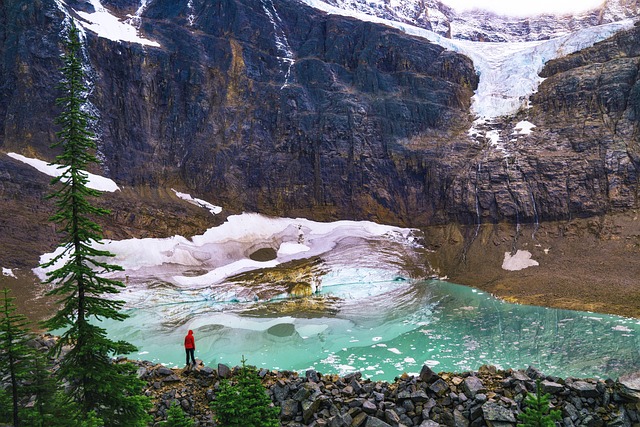The phenomenon of melting glaciers is not just a distant threat; it is a stark reality that affects our environment in profound ways. As global temperatures rise due to climate change, glaciers around the world are receding at an alarming pace. This decline is not merely a change in landscape; it carries grave implications for ecosystems, sea levels, and even weather patterns.
Glaciers serve as natural reservoirs, storing vast amounts of fresh water. When they melt, they release this water into rivers and lakes, affecting the flora and fauna that depend on these water sources. Aquatic ecosystems are sensitive to changes in temperature and water volume, and the rapid influx of meltwater can overwhelm these systems, leading to a loss of biodiversity. For instance, fish species that thrive in cooler waters may struggle to survive as temperatures rise, threatening not just their existence but the livelihoods of communities that rely on fishing.
Moreover, the ramifications of melting glaciers extend far beyond animal species. As glaciers retreat, they contribute to rising sea levels—estimated to rise by several feet within the next few decades—putting coastal cities and even entire countries at risk of submersion. This potential flooding forces communities to consider relocation, leading to climate refugees and increased pressure on urban areas. The ripple effect of such displacement could exacerbate existing social tensions and economic disparities.
Additionally, the melting of glaciers influences weather patterns across the globe. As large masses of ice disappear, the Earth’s albedo effect diminishes. Albedo refers to the reflectivity of the Earth’s surface; when bright ice melts, darker land or ocean surfaces are exposed, which absorb more sunlight and heat. This change can result in localized temperature increases, ultimately impacting agriculture and water availability. Farmers may struggle with unpredictable weather patterns, leading to crop failures, while regions that rely on glacial meltwater for irrigation may face shortages, threatening food security.
It is essential to understand that the impacts of melting glaciers are intertwined with wider climate change issues. The urgency of addressing carbon emissions and transitioning to renewable energy sources has never been more significant. By curbing our greenhouse gas emissions, we can slow down climate change and mitigate the acceleration of glacier melt. Collective action from individuals, governments, and businesses is crucial in facing the environmental challenges posed by melting glaciers. Every effort counts, whether it’s reducing waste, supporting sustainable practices, or advocating for policies that prioritize environmental health.
As we witness the dramatic transformation of our planet through the lens of melting glaciers, it’s vital to remain informed and engaged. The narrative of climate change is not just a scientific or political discussion; it’s a personal one that affects each of us. Our individual choices contribute to the overall health of the planet, and fostering awareness about the effects of melting glaciers can empower us to make informed decisions for a sustainable future.



